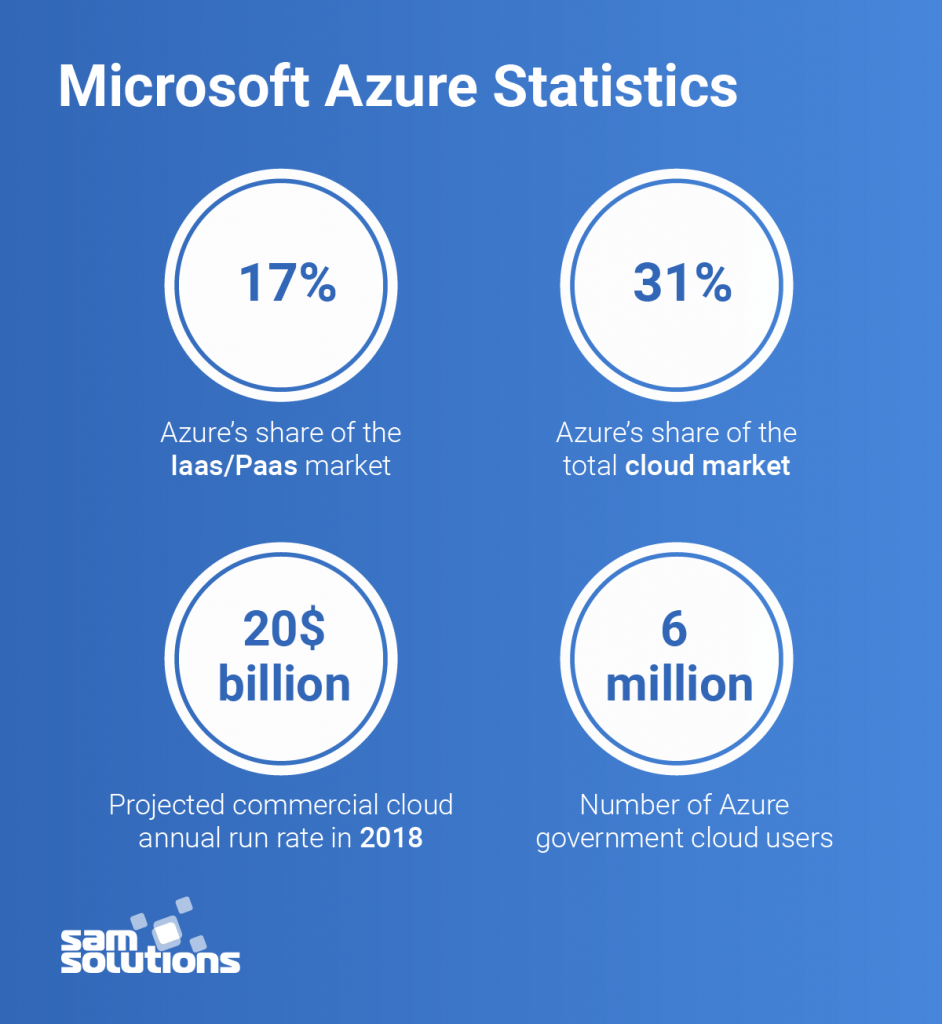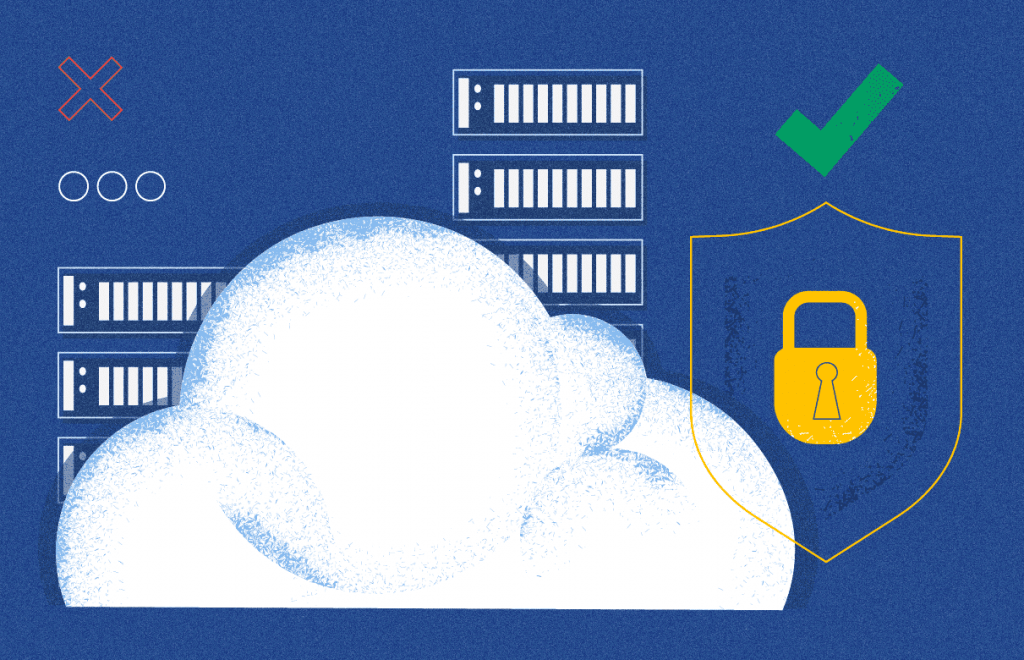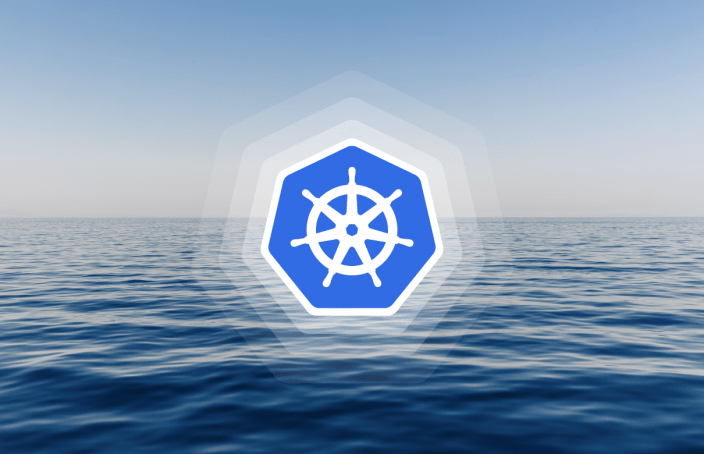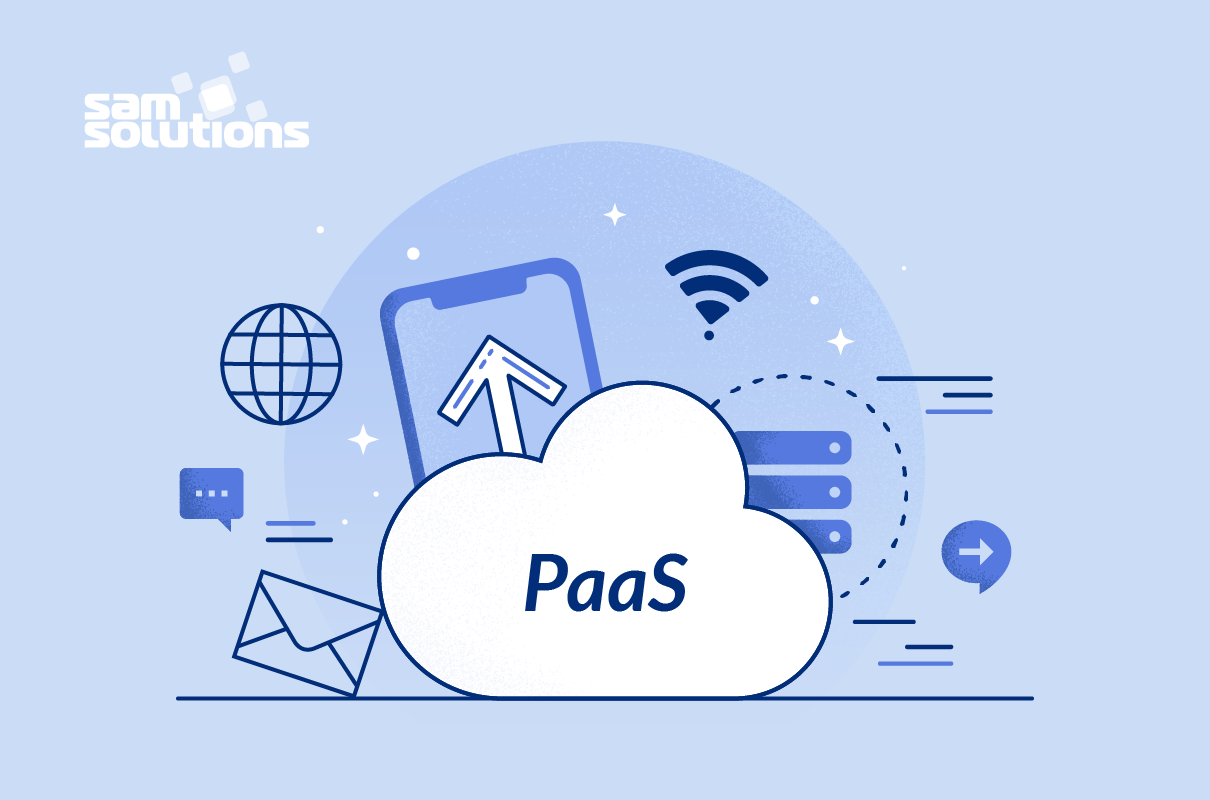On-premises infrastructure faces many challenges and may become ineffective for business at some point. But what is the alternative? The most advanced solution by now is moving your legacy system to the cloud.
Microsoft Azure is one of the leading cloud platforms with offerings such as Infrastructure as a Service (IaaS), Platform as a Service (PaaS) and Software as a Service (SaaS). Read this post to find the best practices for migrating applications to the Azure cloud.
Drive your digital transformation to the next level with our world-class cloud development services
Azure Cloud Migration Planning
Microsoft Azure cloud migration is a radical and comprehensive organizational change as it impacts all processes and employees. That’s why you can’t start the process at once without the detailed preparation. The first and the main thing you must do is develop your own Azure cloud migration strategy.
Ask and Answer the Questions
Asking questions from a business point of view is the first step of strategy preparation. Businesses should decide upon as many details as possible beforehand for a seamless transition.
It’s important to understand the following:
- Why are you moving to the cloud?
- What exactly are you going to move there? (the whole infrastructure or a part of it)
- What are the cost and ROI?
- What are the benefits?
- Other questions along those lines

Actually, the major benefits of replacing on-premise environments by cloud service for all businesses are:
- Increased productivity
- High scalability and availability
- Better disaster recovery
- Reliable backup storage
- Data security
- Decreased costs
In other words, you and your staff should realize why you are taking this step. Otherwise, you are likely to have issues with future transition.
Discover Your Infrastructure Components
You should identify all of the components of your infrastructure and make a complete and up-to-date list. Thus, you’ll be able to prepare every application, software and workload for migration.
This step is crucial to success because missed components may cause serious troubles during the transition and after.
Assess the Existing Components
Once you have compiled a catalog of products and features that are to be transferred to the cloud, you should evaluate them and see to what degree they are ready for the transition.
Review and analyze your on-premises workloads (e.g. database performance or storage capacity) and compare them to their Azure equivalents. If there are any mismatches, address them and make sure that all the needs of your system will be met. For instance, with a built-in Azure Autoscale feature, you can dynamically scale your apps in accordance with changing requirements.
You can make an assessment with the help of different ready-made tools.
Azure Migration Tools
Microsoft provides a set of useful tools that make preparation and migration stages much easier.
Cost Estimator
The provider gives you a unique possibility to quickly estimate the running of your workloads in Azure. The Cost Estimator scans your existing environment, creates its model based on Azure services and generates pricing. You can also add different scenarios, either from the sample collection or manually. Pretty handy, isn’t it?
Virtual Machine Readiness Assessment Tool
This tool inspects your physical or virtual environment and generates an Azure cloud migration checklist and a detailed report with the steps you need to take to migrate a virtual machine to Azure. Thus, you can see which areas are ready to move and which ones require changes or additional configuration.
If there are some issues found in a certain area, you can click on this area to get expert advice or resources that help address the problems.
Microsoft Assessment and Planning (MAP) Toolkit
This is an inventory, assessment and reporting tool that estimates environments for various platforms including Windows 8, Office 2013 and 365, Windows Server 2012, Hyper-V, Windows Azure, and Microsoft SQL Server 2012.
Microsoft Migration Accelerator
Migration Accelerator (MA) is designed to move the physical, VMware, Amazon Web Services and Microsoft Hyper-V workloads into Azure. It automates the steps of the transmission process:
- Discovery of infrastructure components
- Remote agent installation
- Network configuration
With MA, you can move software from different platforms such as VMware, Microsoft Hyper-V, Amazon Web Services and the physical servers within your environment. It supports workloads running on Windows Server 2008 R2 sp1, Windows Server 2012 and Windows Server 2012 R2 operating systems.
Using MA, you can discover your workloads, configure scenarios, and test your workload in the cloud without impacting the existing on-premises production workload.
The Accelerator is able to seamlessly migrate multi-tier apps and systems that will run the same in Azure without the need for manual configuration.
It also provides full-system data replication and change tracking. This reduces the cutover time to a couple of minutes, minimizing the impact to the system operation. In general, MA greatly reduces the risks of your migration project.
Azure Migrate Tool
This tool provides complex services:
- Assesses the suitability of on-premises machines for running in Azure
- Makes recommendations regarding the size of virtual machines
- Estimates costs
- Visualizes dependencies
The service has some limitations by now: it’s available in West Central US and East US regions; you can discover up to 1500 VMs in a single discovery; VMs must be managed by vCenter Server.
There are many other third-party tools that can help you with preparation and migration. The choices are abundant, so you can use any cloud services Azure migration tool most suitable for your situation.
Azure Migration Itself
Once everything has been estimated and the tools have been prepared, you are ready to make the actual move.
Integration
During the integration of your infrastructure with the cloud, you must keep your data secured, and ensure that support apps and workloads are up and running. A great assistant for this is the Site Recovery service. It ensures business continuity by replicating workloads from a primary site to a secondary location. Thus, if an outage occurs, your apps and workloads are accessed from this location and can keep running.
Decommissioning
Once you’ve implemented your infrastructure to the cloud, you can start decommissioning resources. But don’t be in a hurry to shut down all your physical servers. Let the system work in the cloud for a while to make sure that everything is in order. Then, you can remove all connections between the cloud and on-premises and finish this process.
Possible Challenges
It’s always difficult to try something new. No matter whether you only move Active Directory to Azure or transfer the entire system, you may face the following challenges.
Paradigm Shift
Misunderstandings could arise about the differences between cloud-hosted applications and local deployments. A clear understanding of the cloud development process is needed.
Bandwidth
Local bandwidth provisioning can be insufficient for migrating to the cloud platform. In this case, an organization should increase the capacity to provide enough traffic.
Downtime
This is an inevitable part of any transition. You should accurately calculate and schedule the downtime that each migration step will need in order to minimize the impact on the system’s work.
Dependencies
Almost all apps are connected to other resources. These dependencies and connection configurations should be taken into account to avoid service interruptions.
Read also: How to Choose the Right Cloud Platform
Compatibility
Not all virtual machines and applications are compatible with the cloud platform. It’s important to run tests beforehand in order to reveal any compatibility issues and address them.
Security
Avoiding data breaches and keeping the data safe is the main concern when moving software outside. Consider implementing networks with end-to-end encryption and use other safety services.
Disaster recovery
No one is safe from operating failures, technical errors and data loss. That’s why it’s necessary to have a disaster recovery plan.
SaM Solutions’ Azure Experience
Any organization planning to carry out a complex cloud migration needs expert assistance. The extensive Azure expertise is the very thing that SaM Solutions can offer. Our specialists have successfully completed dozens of projects based on different Azure services, including:
- A powerful SaaS system (SQL Database service, Azure Functions for various software development purposes)
- Software that monitors and manages the operation and status of appliances (Stream Analytics IoT Edge module, Machine Learning Workbench, Azure Container, Azure Storage)
- Software for calibration laboratories (Microsoft Azure Storage, Application Insights, Azure Service Bus, Azure Cloud Services, Windows Azure SQL Databases, Elastic Pools)
- A SharePoint online-based portal (Azure Web App Service)
- A master-data storage for enterprise-level data; a crew flight management application; the digitization of a fashion shop (Application Insights, App service, Active Directory)
We develop innovative cloud-based solutions for clients around the world
Looking for a reliable provider to migrate AD to Azure, or to carry out more complex projects? Request a consultation with SaM Solutions’ experts, and extract the most value from cloud technologies.
Integrate Azure into your business network and move applications management to the cloud service with SaM Solutions!



















 The Latest 15 Information Technology Trends in 2024
The Latest 15 Information Technology Trends in 2024 Top 10 Embedded Software Development Tools
Top 10 Embedded Software Development Tools IaaS vs. PaaS vs. SaaS: What’s the Difference?
IaaS vs. PaaS vs. SaaS: What’s the Difference? IoT Development: Top 15 Internet of Things Tools and Platforms in 2024
IoT Development: Top 15 Internet of Things Tools and Platforms in 2024 10 Examples of Predictive Analytics
10 Examples of Predictive Analytics












 Azure Java Development: A Comprehensive Guide
Azure Java Development: A Comprehensive Guide SAP Commerce Cloud Accelerators
SAP Commerce Cloud Accelerators Top Java Technology Trends 2024–2025
Top Java Technology Trends 2024–2025 AWS Java Development: A Comprehensive Guide
AWS Java Development: A Comprehensive Guide What Is Headless CMS?
What Is Headless CMS?
Hey very interesting blog!
Thank you for great info I was on the lookout for this information for my mission.